- The new railway line in the Swiss Alps will become an integral part of the Rhine-Alps corridor in the future
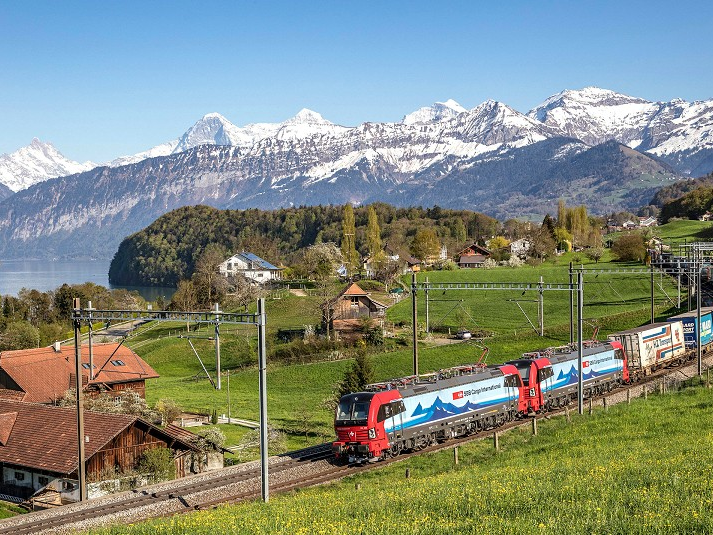
Nearly 30 years ago, the Swiss voted to pass a high-speed railway in a referendum. Today, the last section of this new railway, a high-speed railway crossing the Alps-will be officially opened to traffic in December 2020. This is a historic 21.3 billion euro project with milestones including the 35-mile-long Saint Gotthard Tunnel
One of the main goals of this new railway crossing the Swiss Alps is to transfer traffic from roads to railways and help protect the Alpine environment.
The Gotthard Base Tunnel bypasses winding old mountain roads, shortening the travel distance from Zurich to Milan by 25 miles. The completed railway project will greatly shorten the travel time of the connecting lines of the European continent, and the speed of passenger transportation will reach 200 kilometers per hour.
Since the 1980s, Switzerland has been pursuing a sustainable transportation policy to expand public transportation and rail freight. In the 1992 Swiss referendum on the new railway line in the Alps, 62% of the people voted for the development.
Two years later, voters also approved the Alpine initiative to shift freight from road to rail. In 1998, the government established a fund to ensure long-term financing of railway projects.
“In order to finance the new railway line in the Swiss Alps and other large railway projects, Switzerland established a special fund in 1998 to exclusively use these projects,” explains Florence Pictet, a spokesperson for the Swiss Federal Transport Agency. “As a result, the new railway line and expansion plan in the Swiss Alps are no longer submitted to the normal budget process. Regardless of political or economic conditions, this allows for long-term and stable planning of the use of available financial resources.”
Recent votes also indicate that Switzerland’s support for rail transport remains strong.
Three basic tunnels: Reschberg, Gotthard and Senari
The core elements of the new railway line are three new foundation tunnels: Ratzberg, Gotthard and Senari. These tunnels lead directly to the Alps and are much lower than the ancient road tunnels and railway tunnels, which means that trains no longer need to climb steep slopes when passing through world-famous mountains.
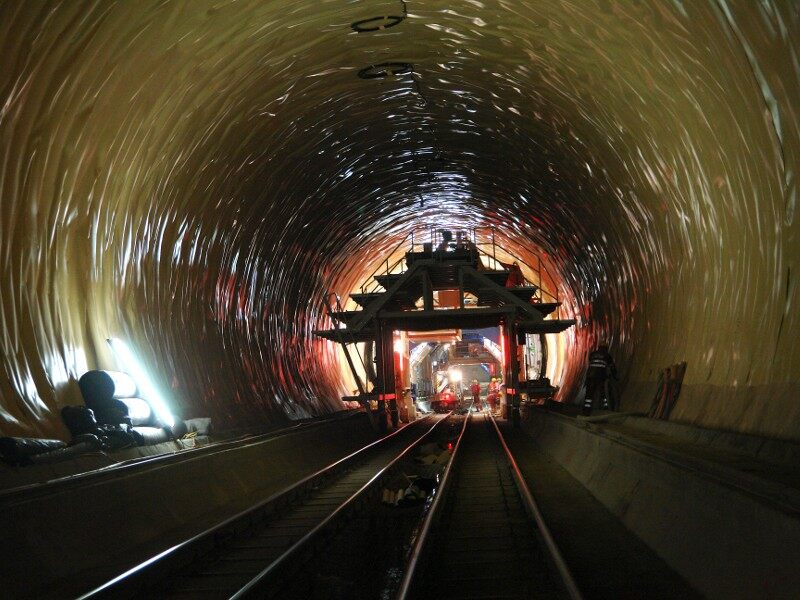
The Gotthard Foundation Tunnel is the longest and deepest railway tunnel in the world. It is about 57 kilometers long, took 17 years to build, and opened in 2016. It also requires additional supporting tunnels, passages and shafts, with a total length of 151 kilometers.
Heinz Ehrbar, Chief Construction Officer of the Gotthard Foundation Tunnel explained: “We have 2300m of overburden, which creates higher stresses, which may cause rock bursts or squeezing. We must find the correct construction method and tunnel method. And I think we are lucky that in each part, we have the correct tunneling method or traditional machinery." For example, in the famous middle part of the central district of Gotthard, we know that we must anticipate the extruded rock mass to form Polymers up to 70-80 cm tall. We must develop a special construction method to deal with such a large deformation.
Reschberg is the first foundation tunnel for the new railway line. It was completed in 2007 and took less than eight years to construct. However, since 21 kilometers of the tunnel is reserved as a single line, its capacity is reduced. Due to the rising cost of the wider Alpine new railway line project, the second drilling project has not been completed, and the Gotthard Base Tunnel is given priority. Since then, a contract has been awarded to double the monorail section of Lauterberg, and the project is scheduled to be completed in 2028.
Seneri is 15.4 kilometers long, the shortest of the three tunnels and the southernmost. The project started in 2006 and is scheduled to open in December 2020. Its northern end is Camorino in Bellinzona, while its southern end is in Vizia near Lugano. Like Gotthard, the tunnel contains two single tracks in each direction.
Tunnel and excavation

A staggering 25 million tons of rocks were excavated from the Gotthard base tunnel. In terms of background, this is enough to build at least five ancient Egyptian pyramids. As much of this material as possible is reused in cement and gravel for the new railway line. Full-face excavation is one of the methods used, not a universal technique. Special measures are also needed to deal with squeezed rock and deformation.
Ehrbar added: “In the most difficult ground conditions, we decided to conduct a full excavation, but then (close behind) immediately closed the support ring with a steel rig. And we needed a face anchor to stabilize this squeezed Face. Finally, we put in the sprayed concrete. But the sprayed concrete is only put in after the deformation occurs. Our deformation is as long as 70 cm. "If the deformation is not dealt with, the tunnel structure may break or even collapse in the future. A lot of reconstruction work may be required.
Another challenge for foundation tunnels is that parts of the Swiss Alps contain large amounts of granite, which is a difficult job even for heavy tunnel boring machines.
"When the granite becomes very hard, we need to do more maintenance on the TBM. This is the challenge," Ehrbar said. "The discs must be replaced more frequently, and the cutter heads must be welded with protective plates and the like. These are the measures we must take. But judging from the excavation methods produced during the tender process, we always have the right method."
Advantages of the Swiss supply chain
The new railway line in the Swiss Alps will become an integral part of the Rhine-Alps corridor in the future, connecting the seaport of Rotterdam in the Netherlands, Zeebrugge in Belgium and Genoa in Italy, as well as connections to the rest of Europe.
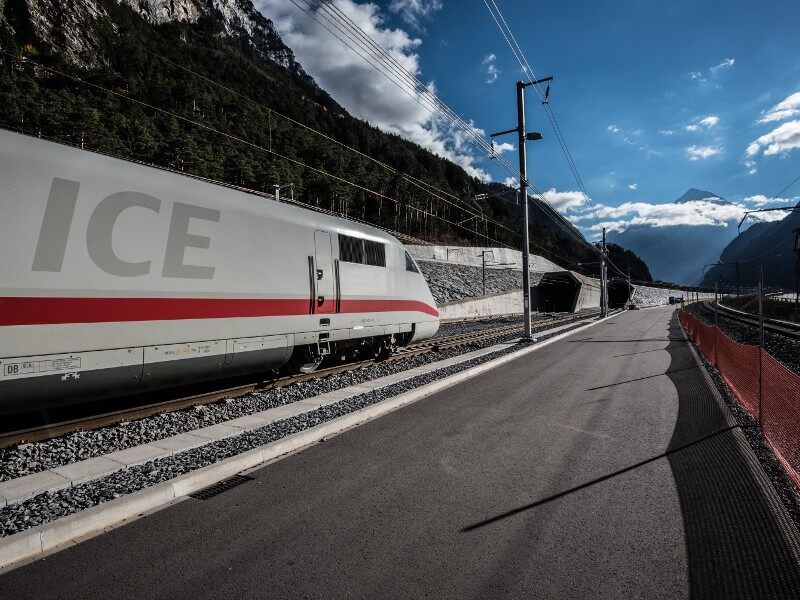
For Swiss freight, a huge advantage is the longer length of the train, which will reach 750 meters (about 200 meters longer than before). However, one disadvantage is that the train length regulations of other countries through which the freight passes are consistent.
Although the Netherlands and Belgium are almost ready to start operating 750-meter-long freight trains, the current limit in Germany is 690 meters, and this will not change until 2030. At the same time, the 750-meter train on the Rhine-Alps corridor will be limited to southern Basel.
Another major advantage of the new railway line is that freight trains can be operated with greater tonnage. For the 1,151m freight train that travels to the old Gotthard railway tunnel, the maximum weight is limited to 1,500 tons. In contrast, through the Gotthard Tunnel, rail freight up to 3,600 tons will be possible.
"This is a major achievement, because we can use more than 2,000 tons of t and flat track resources to run trains in Switzerland, which was impossible before." said Ulla Kempf, head of SBB's international resource plan. "Our capacity on the train has increased by 30%. That's pretty impressive."
In addition, the greater height and width of the tunnel enables the transportation of taller containers, known as the P400 standard. "Using P400, in addition to 40-foot/20-foot standard containers, we can also operate high cube containers and trailers," Kempf added. "Because of the P400 standard (which is fully implemented in all countries along the Rhine-Alpine Corridor that runs through the Alps), we hope that since we can now run trailers, we have 50% market potential. That's what we see Great potential for the transition from road to rail."
This extra height also means that the truck can simply unload its trailer and load it onto a semi-trailer for transportation by rail.
Kempf explained: "There are already truck trailers on the train across the Alps, but those require special trucks. Because of their small wheels, they are very expensive and there are many additional operating conditions. With the new profile, We can use it on standard trucks. The market potential is estimated at 400,000 trailers per year."
Although railways are increasingly recognized as a more attractive means of transporting large-scale goods, they cannot meet all the requirements of roads—especially for last-mile transportation. While competing, we will continue to need cooperation.Editor/Huang Lijun
Comment
 Praise
Praise
 Collect
Collect
 Comment
Comment
 Search
Search



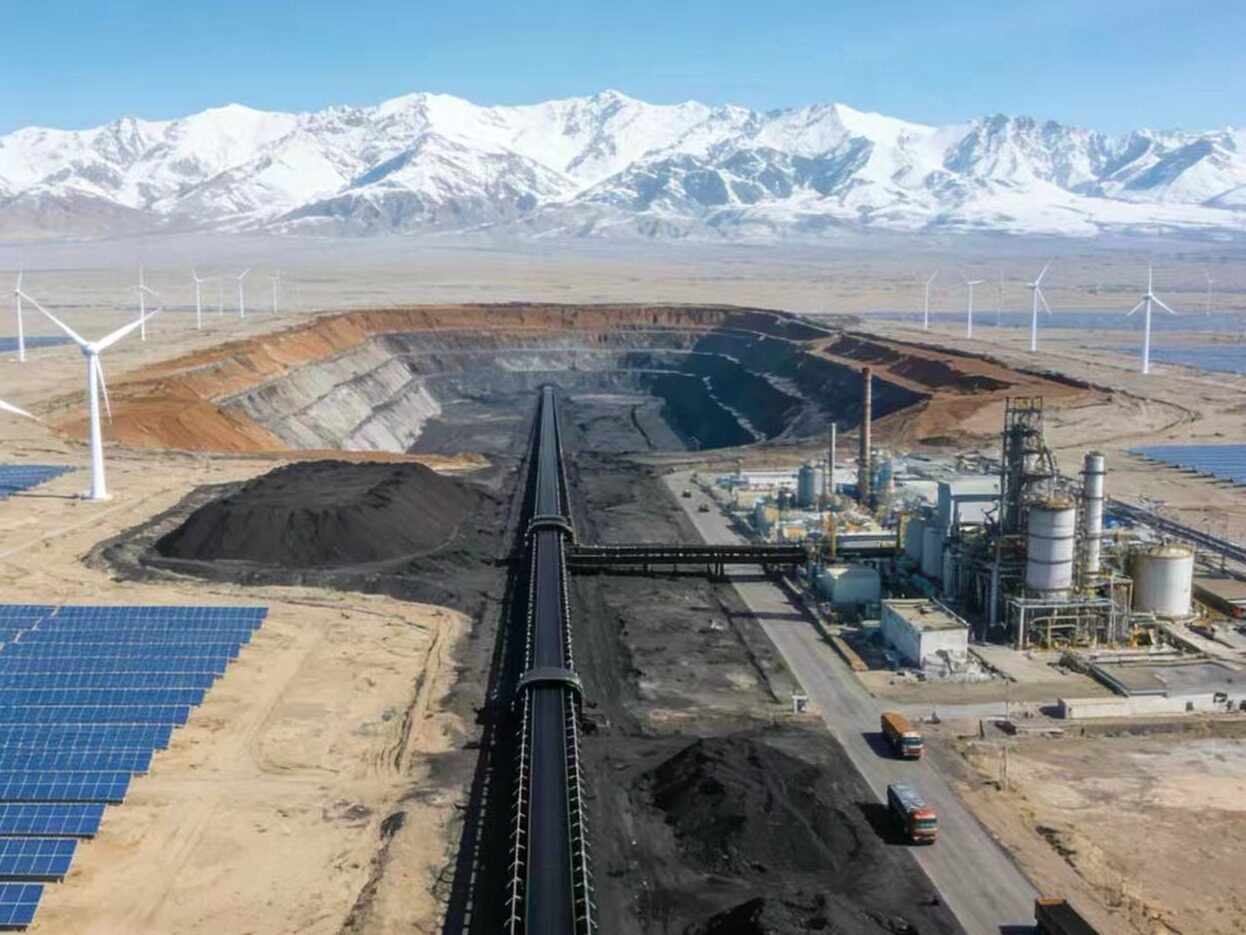


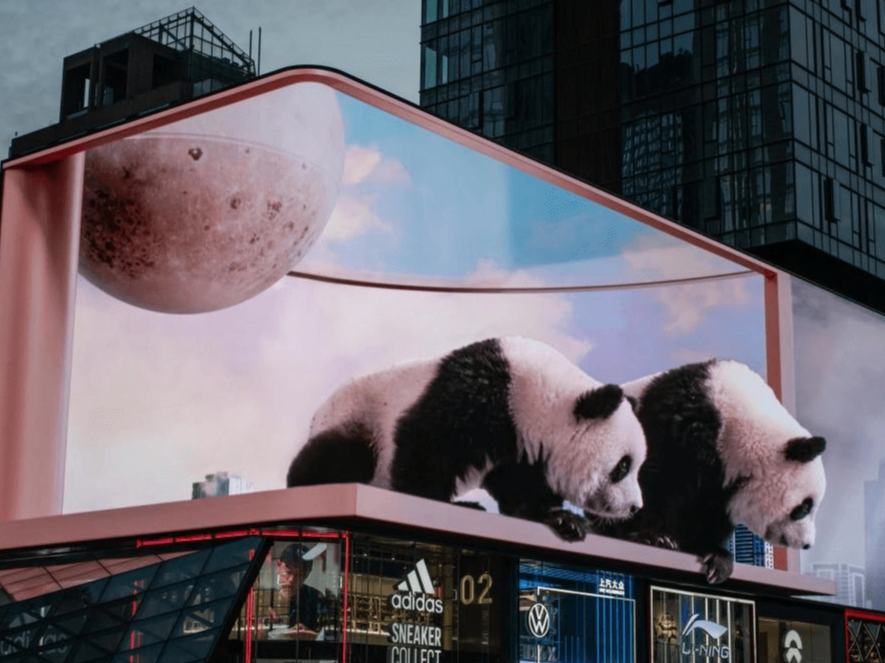
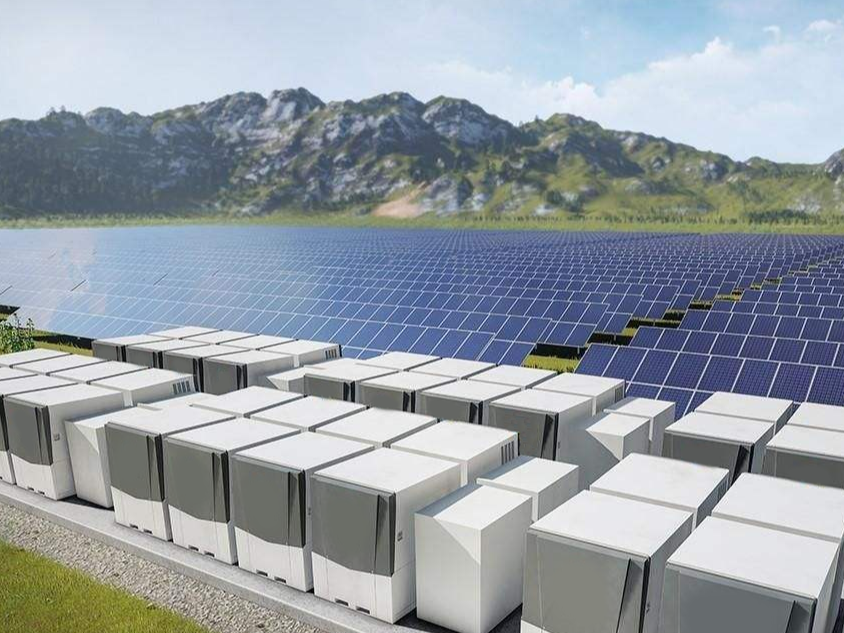






Write something~